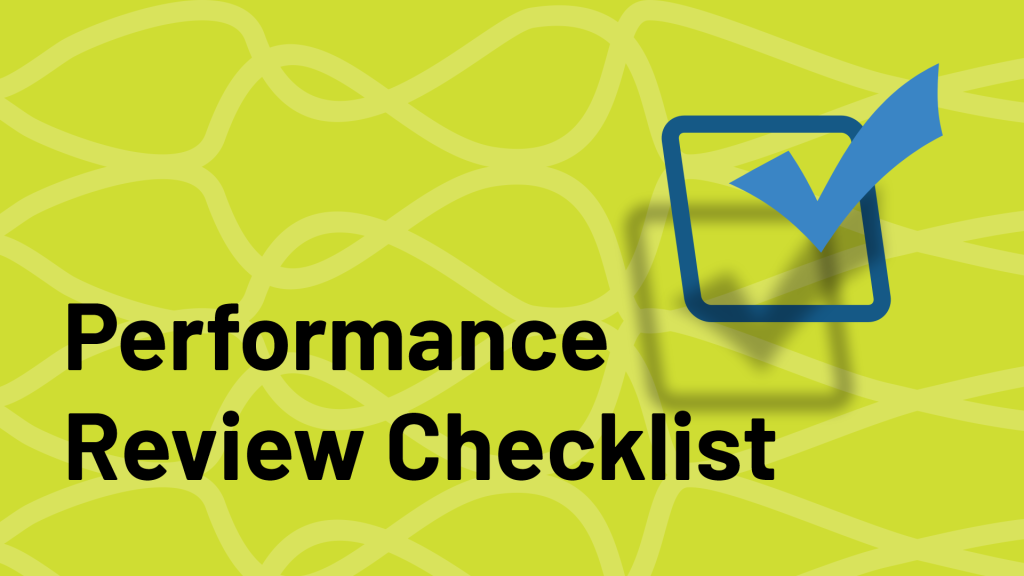Underperformance is a challenge that nearly every business encounters at some point. Be it from an employee struggling to meet deadlines, failing to achieve key targets, or showing a decline in productivity, underperformance can significantly impact team efficiency and business outcomes.
Hence, the key to tackling underperformance is to focus on strategies that emphasize improvement over punishment and aim to foster an environment where employees feel supported and motivated to grow. But how can you achieve this balance? Let’s explore five ways to address underperformance while maintaining a positive and motivated workplace culture.
Why Your Approach to Underperformance Matters
First, it’s important to understand why your approach to underperformance sets the tone for your workplace culture. When handled well, addressing performance issues can strengthen trust, improve communication, and even uncover hidden systemic problems, such as unclear job roles or inefficient processes, that affect the broader team. But when handled poorly, even well-meaning feedback can feel like an attack, leaving employees demoralised and resistant. Additionally, studies have shown that employees who feel unfairly criticized or unsupported are less likely to improve and more likely to seek opportunities elsewhere.
In addressing underperformance, your goal should be to create a learning opportunity that reinforces accountability while also signaling that your workplace is one where people are supported, not punished when challenges arise. This can make the difference between an employee who disengages and one who steps up with renewed motivation.
With that in mind, here’s how you can strike the balance.
1. Identify the Root Cause Before Taking Action
Underperformance often has deeper underlying causes such as a lack of training, unclear expectations, personal issues, or even burnout. Sometimes, an employee’s workload may have increased beyond their capacity, or they may be struggling with a lack of motivation due to workplace conflicts, misalignment with company values, or inadequate recognition for their efforts. Assuming wrongly can lead to misguided interventions that fail to resolve the actual problem, and this could lead to employees’ non-challant about putting in the effort to improve and could even become openly resistant to feedback.
Solution:
Before taking any corrective action, take time to diagnose the issue properly. Conduct one-on-one meetings to understand the employee’s perspective, review their past performance trends, and gather feedback from peers or supervisors. A data-driven and empathetic approach ensures that solutions are effective and fair and that they address the root cause rather than just the symptoms of underperformance.
2. Shift from Blame to Coaching
Employees are more likely to shut down when blamed or attacked. Confrontational approaches often lead to defensiveness rather than improvement, which can stifle innovation and engagement.
Solution: Reframe conversations to promote problem-solving, rather than using accusatory language. Instead of asking, “Why aren’t you meeting expectations?” try, “What challenges are preventing you from succeeding?” or “How can we work together to help you improve?” This shift focuses on collaboration and support. Additionally, regular performance check-ins allow for continuous feedback, addressing issues early before they become larger problems.
3. Set Clear and Achievable Goals with Support
Unclear expectations create uncertainty, making it difficult for employees to meet performance standards. When goals are not clearly communicated, employees may feel overwhelmed or unaware of their underperformance.
Solution:
Use the SMART goal framework (Specific, Measurable, Achievable, Relevant, and Time-bound) to set clear expectations. For example, instead of saying, “Improve your sales numbers,” set a goal like, “Increase monthly sales by 10% over the next three months through targeted customer engagement.” Additionally, ensure employees have access to the resources and guidance they need to succeed, such as training sessions, mentorship, or performance improvement plans.
Also, check in regularly to track progress and adjust goals so they can be challenging yet realistic, pushing employees to grow without overwhelming them.
4. Recognize Small Wins and Encourage Progress
Constantly focusing on an employee’s shortcomings can be demotivating and may reduce their willingness to improve. Employees who only receive negative feedback may feel that their efforts go unnoticed, leading to frustration and disengagement.
Solution:
Acknowledge progress, even if it’s small. For instance, say, “I see you’re making improvements in X; let’s keep building on that.” Recognizing small wins helps employees stay focused on improvement rather than feeling overwhelmed by their shortcomings. Consider implementing an employee recognition program that rewards progress and contributions to team success.
5. Provide Development Opportunities Instead of Just Warnings
Underperformance is often due to skill gaps rather than a lack of effort, as employees may need additional training or mentorship to meet expectations. If underperformance is repeatedly met with warnings instead of development opportunities, employees may feel trapped in a cycle of failure.
Solution:
Instead of just issuing performance warnings, offer growth opportunities like mentoring, job shadowing, or specialized training programs. Helping employees develop the necessary skills not only improves performance but also fosters loyalty and long-term retention.
Conclusion
Addressing underperformance should never be about punishment but instead should be about support, guidance, and creating an environment where employees can thrive. By doing these, you can turn performance challenges into opportunities for growth.
If your organisation is struggling with underperformance and needs a structured approach to improving employee performance, consider implementing leadership training or performance management strategies. Contact us today for a free consultation on how to build a high-performing and motivated workforce.











